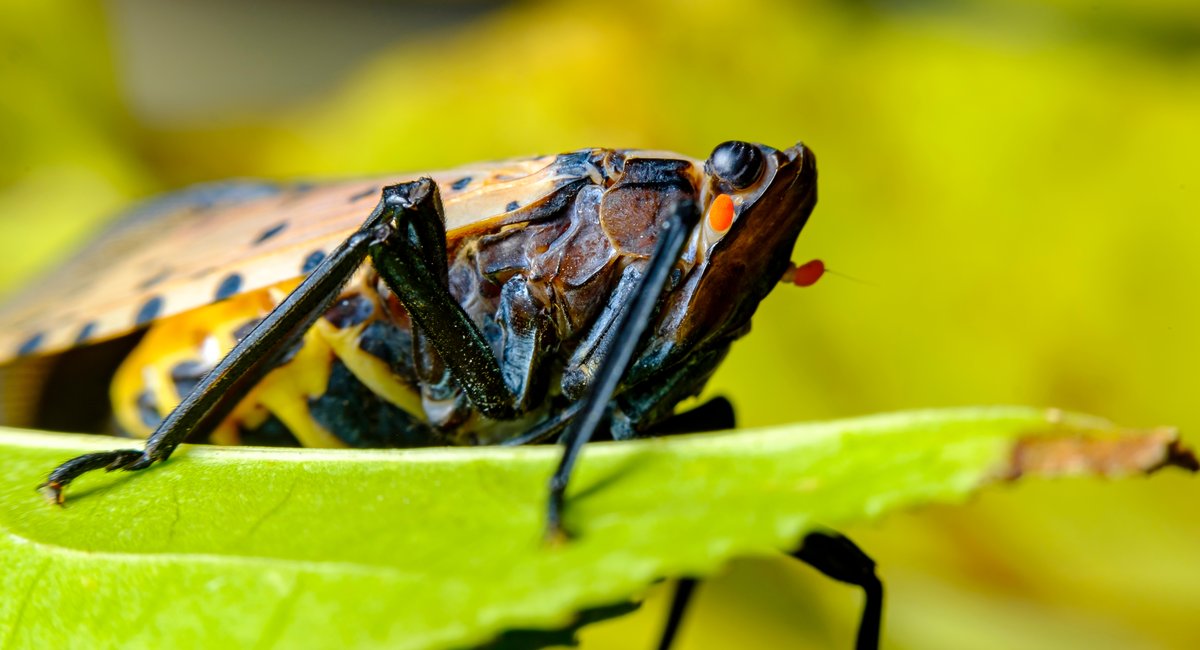The infamous spotted lanternfly is back for the summer. Some people are reporting that 2023’s infestation feels worse than last year’s, and an environmental scientist said the bugs are ahead of schedule in New York, where peak levels could be reached this year.
This invasive species from Asia has become ubiquitous around the Northeast since it first arrived in 2014. While the bug seems like it is here to stay, it doesn’t seem to be as disastrous as once thought.
Some predictions had called this year for the spotted lanternflies to hatch a bit earlier than normal due to warm weather from the past winter, said Brian Eshenaur, senior extension associate at Cornell University’s Integrated Pest Management Program. But what happened instead is that warmer climate seems to have affected their development once hatched.
“After the hatch occurred, the warm weather of the spring seems to have accelerated their development. So, they are now a week or two ahead of last year,” Eshenaur said. We had the first reports of the 4th instars [the stage that gives rise to the adults] on Wednesday from both Long Island City and the Chelsea area of Manhattan. It looks like the first adults will be seen a week or so earlier than last year.”
This June, the citizen scientist app iNaturalist reported about twice as many verified sightings of spotted lanternflies across the New York metro area compared to a year ago.
This photo from Long Island City was sent to Cornell scientist Brian Eshenaur on June 28. The red colored 4th instar nymphs, which are emerging ahead of schedule this year, can be seen on the upper portion of the stem.
Courtesy of Brian Eshenaur
Since their arrival, spotted lanternflies have been recorded across much of the Northeast, including Pennsylvania, New Jersey and southern New York. The infestations have crept south into the Appalachian regions of Virginia and West Virginia. Isolated counties in Ohio and Connecticut have reported infestations but quarantined…
Read the full article here

Leave a Reply